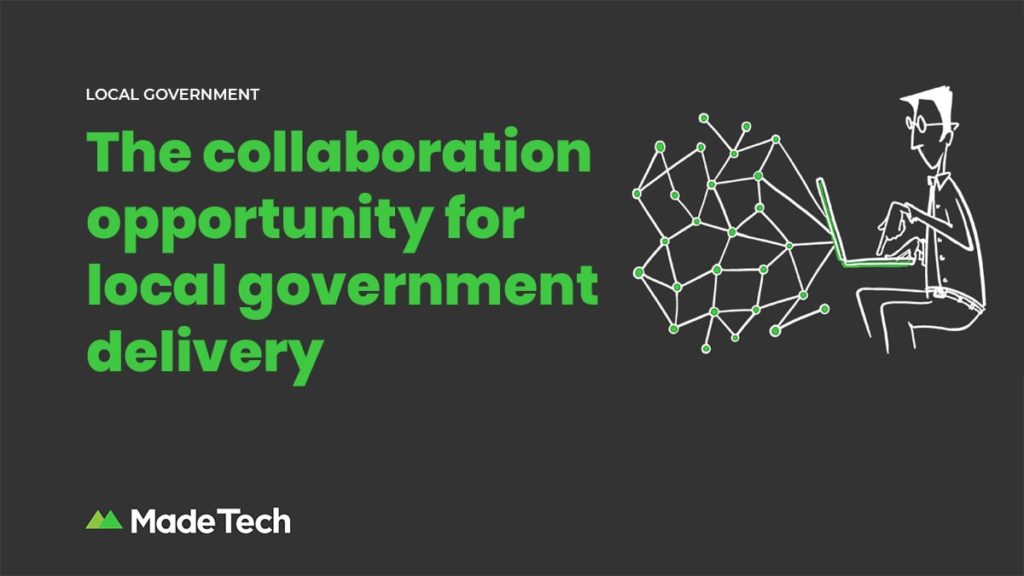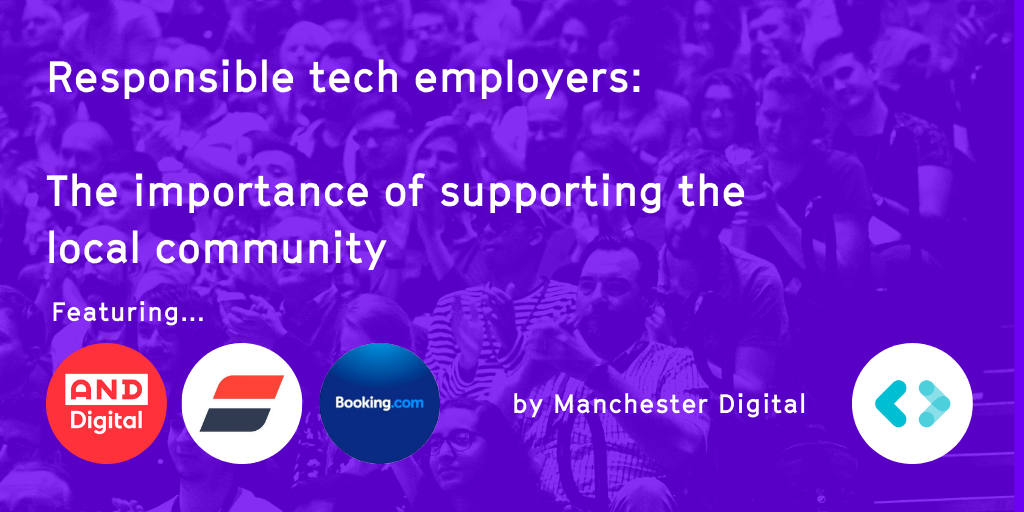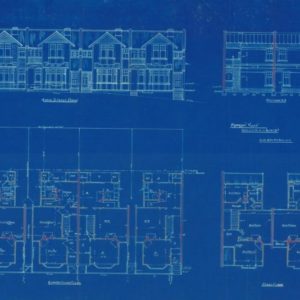
Housing, as we know, is one of the fundamentals of local government. It’s literally keeping roofs over the heads of millions of families across the country. Collectively, the maintenance overhead for keeping the country’s council housing stock in a good state of repair is massive.
And it’s a job that’s only been exacerbated by the pandemic, with everyone forced to spend more time at home, increasing wear, tear and, consequently, the repair and maintenance backlog.
Great expectations
What’s immediately obvious, judging by our conversations with local authorities all over the country, is that housing teams everywhere are doing their best with legacy technology which is no longer fit for purpose.
These outdated platforms and tools not only impact the working lives of those in local authorities, but also negatively affect the services provided to the community. Repair services are often slow, expensive and inefficient because so is the technology these services are built on.
A level of service that, once upon a time, might have seemed just good enough, now seems anything but. Expectations have been raised by the likes of Amazon, Argos, Just Eat and Deliveroo, who not deliver the next day (or literally within hours or minutes) – they also keep customers up to date effortlessly and continually.
These are companies which don’t suffer for want of the latest innovations in digital technology, so expectations have rightly been raised sky high by the possibilities those technologies bring. Quite simply, people expect everything else to work just as well – including local government.
Take an example specific to housing repairs, plus the potential benefits of artificial intelligence and machine learning. Imagine repair services having the built-in intelligence to send the nearest repair unit to the next job. Or the next nearest, if the nearest doesn’t have the right parts in the back of the van.
This is technology that already exists, but the daily reality is that teams in local government are doing their best with out-of-date systems – or even just spreadsheets and telephones. We can and must do better.
Why this future is modular and agile
We’re already seeing the opportunities to affect meaningful change – and quickly. It doesn’t all have to happen at once. Thanks to agile ways of working, we can build one small, discrete and inexpensive piece of technology at a time.
Working with our partners at the newly-renamed Department for Levelling Up, Housing and Communities, alongside Hackney, Lincoln, Southwark and Camden Councils, we’re identifying pieces of work that can be delivered to improve housing services one sprint at a time.
We’re working with Camden Council to understand the specific needs of its users when it comes to booking and managing housing repairs. We’re finding out what’s stopping them from reporting online, what expectations they have, and how changes to existing processes might meet these expectations.
At the same time, we’re at the beta phase of development with Lincoln and Southwark councils to put this learning and more into practice. Working closely with housing repairs services, customer contact centres, policy makers and – of course – residents and service users, we’re building on previous alpha and technical phases to build a housing repairs service which will meet the needs of users now – and into the future.
Crucially, we’re doing this in a way that can be reused up and down the country, providing councils with a best-in-class, open-source solution available on a licence-free basis, so that finally there’s an alternative to the outdated, expensive legacy systems out there on the market.
All of this is itself building on years of experience and partnership working with Hackney Council, where we have supported their journey to replacing such platforms tool by tool, function by function.
The more we talk to other local authorities up and down the country, the more we’re learning that it’s the same problems that are there to be solved. Yes, of course, every authority works a little bit differently, but we don’t need to start from scratch every time. By reusing, adapting and improving what we’ve already built, we can transform housing services piece by piece up and down the country.
A model for local authorities – everywhere
One of the things that excites me most about this is that, thanks in no small part to the involvement of central government, this doesn’t have to cost local authorities the Earth. We can run a quick discovery to find out an authority’s particular needs, pull a piece of technology off the shelf that we’ve already built, and adapt it to produce a functioning alpha in weeks or even days.
This means it’s viable for even small authorities with constrained budgets to reap the benefits of world-class digital technology, and I’m so pleased that we’re starting to have these conversations with authorities outside of the UK’s major cities.
That’s why we think the future of housing repairs – and the future of local government technology – is agile, and founded on a spirit of sharing and collaboration. We’re starting out with housing repairs, but it’s an approach we can apply to all sorts of services, from highways to health and care.
If you’re interested in collaborating with us or building on our work, please do get in touch. I don’t know that there’s ever been a more exciting time to work in local government delivery









